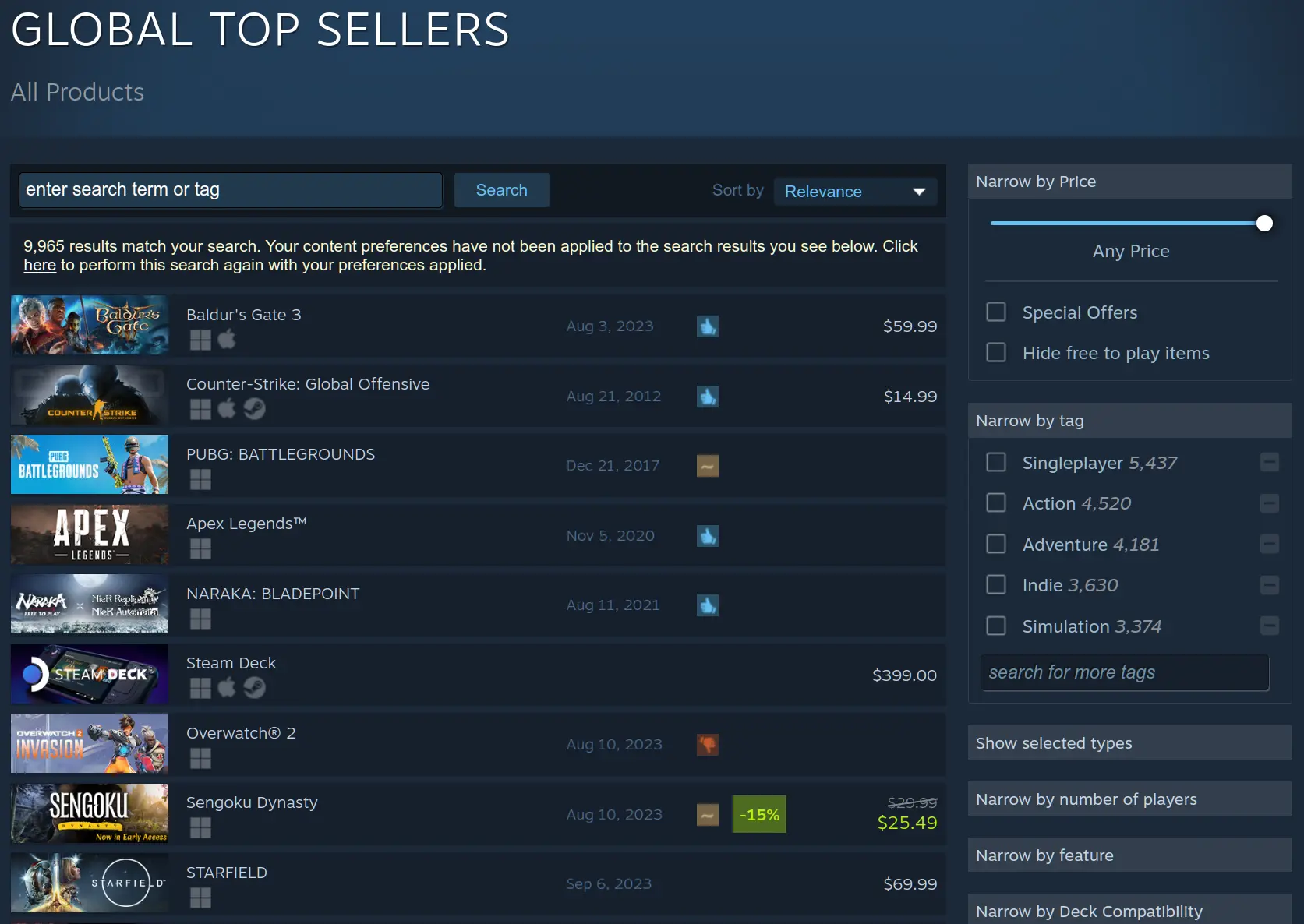I don’t use Fedora/Nobara, but seems like you can see the update history with: dnf history list
I’ve found this guide for rollback here: https://www.baeldung.com/linux/dnf-history-rollback-vs-undo
I don’t use Fedora/Nobara, but seems like you can see the update history with: dnf history list
I’ve found this guide for rollback here: https://www.baeldung.com/linux/dnf-history-rollback-vs-undo
You can see the list of allowed/blocked instances here: https://sopuli.xyz/instances
#7 Top Seller on Steam

Gamer’s RAGE©
If you use steam, this project https://github.com/luxtorpeda-dev/luxtorpeda, converts proprietary engines to use opensource versions when available. Here: https://luxtorpeda-dev.github.io is a list of games supported by this. How to use Luxtorpeda on Steamdeck: https://www.gamingonlinux.com/2022/03/steam-deck-using-luxtorpeda-for-morrowind-warzone-2100-and-x-com/
Ken Thompson and Dennis Ritchie created Unix on a PDP-7 in 1969. Well around 1971 they upgraded to a PDP-11 with a pair of RK05 disk packs (1.5 megabytes each) for storage.
When the operating system grew too big to fit on the first RK05 disk pack (their root filesystem) they let it leak into the second one, which is where all the user home directories lived (which is why the mount was called /usr). They replicated all the OS directories under there (/bin, /sbin, /lib, /tmp…) and wrote files to those new directories because their original disk was out of space. When they got a third disk, they mounted it on /home and relocated all the user directories to there so the OS could consume all the space on both disks and grow to THREE WHOLE MEGABYTES. And thereafter /usr is used to store user programs while /home is used to store user data.
source: http://lists.busybox.net/pipermail/busybox/2010-December/074114.html